In a paper published in Biological Conservation in 1999, Karine Carvalho and Heraldo Vasconcelos examined the effects of forest fragmentation on litter-dwelling ants in Central Amazonia. Their results suggested that litter ant communities were structured both by edge and isolation effects in these fragments. Twenty-one years after the paper was published, I asked Karine Carvalho about her motivation to do this study, memories of field work, and what we have learnt since about ant communities in fragmented forests.
Citation: Carvalho, K. S., & Vasconcelos, H. L. (1999). Forest fragmentation in central Amazonia and its effects on litter-dwelling ants. Biological Conservation, 91(2-3), 151-157.
Date of interview: Questions sent by email on 19 June 2020; responses received by email on 20 June 2020.
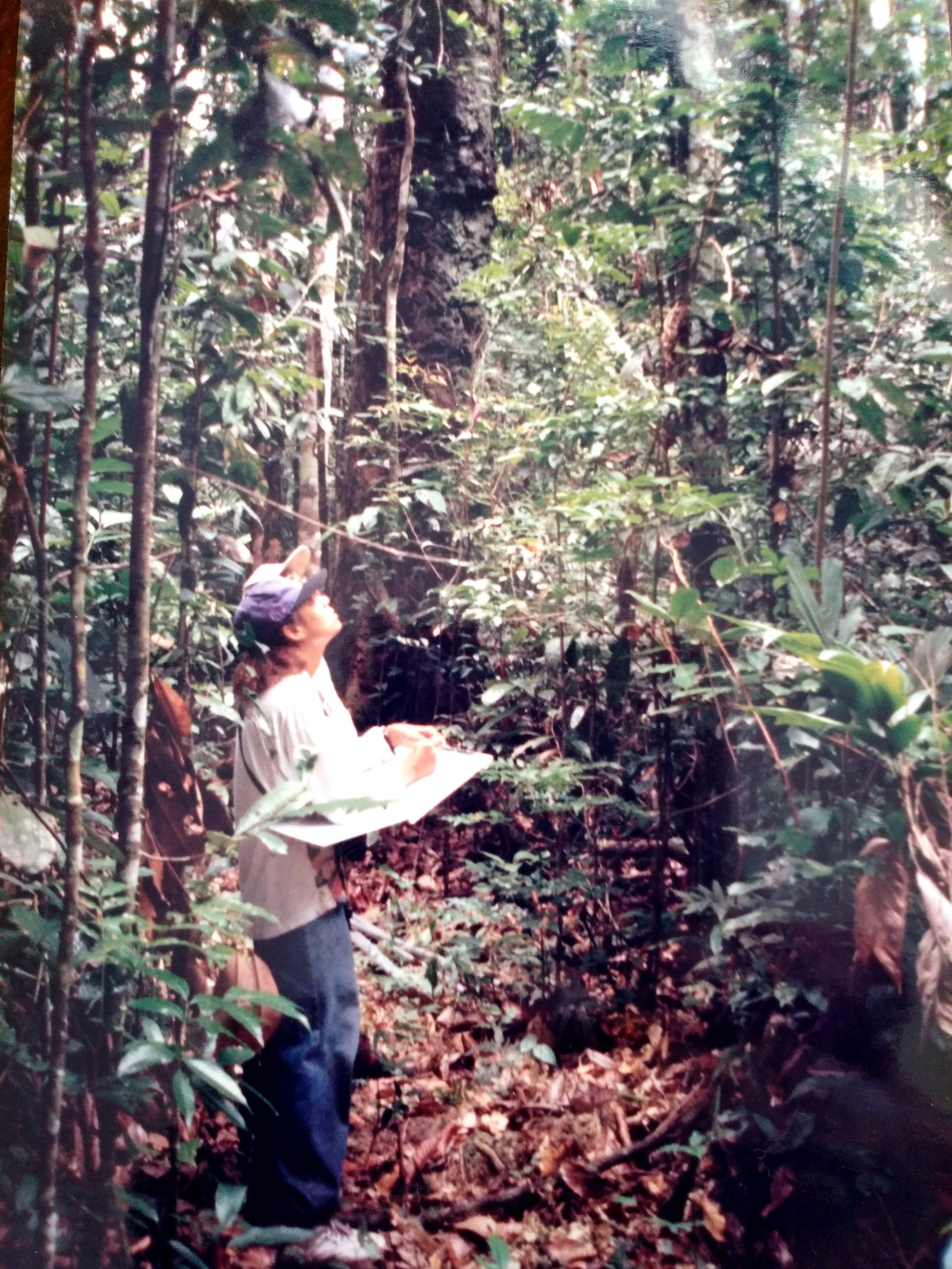
Hari Sridhar: How did the idea for this study come about?
Karine Carvalho: The idea for this study was from Heraldo Vasconcelos and it came from a knowledge gap about the effects of forest fragmentation on organisms in general, which was the scope of the Biological Dynamics of Forest Fragments Project (BDFFP). I was doing an internship at Heraldo’s lab and had passed the Master’s Degree in Entomology at the National Research Institute of Amazonas (INPA) with him as my advisor, so he motivated me to carry out this study as the subject of my research.
HS: Stepping back a little, how did you become interested in ecology and working with ants?
KC: My first contact with ants was with the research developed by Jacques Delabie at the Myrmecology Laboratory of the Centro de Pesquisas do Cacau (CEPEC) in 1994 at Itabuna, Bahia States, Brazil. During this period, I was finishing my degree in Biology at the Universidade Estadual de Santa Cruz (UESC) at Ilhéus and was eager to carry out research that was still incipient in the UESC. Then, my Professor of Zoology (Max de Menezes, in memory), the most beloved professor during my entire Biology degree, introduced me to Jacques. Jacques invited me to do an internship and I fell in love with the ants. During this period I discovered the wonderful world of ants. I was impressed with the evolution of eusociality, with the work in a colony and especially with the roles of these insects in ecosystems. Especially, I was enchanted by the various ant-plant interactions. When the opportunity for an exchange internship in the Amazon at BDFFP came up, I didn’t think twice. This was the opportunity of my life as a biologist, and I couldn’t miss it! I was always crazy to know the biggest tropical forest on the planet and still being able to study there was wonderful for me! The internship was in the ecology lab of Heraldo, the most brilliant ecologist I met in this time. I loved it. Through Heraldo’s ecological research, I was able to learn more about ant-plant interactions (Cecropia-Azteca; Maieta guianensis-Crematogaster / Pheidole). It was at that moment that I realized that I wanted to do research like Heraldo. It was at this internship I discovered that I wanted to conduct research on ants’ ecology.
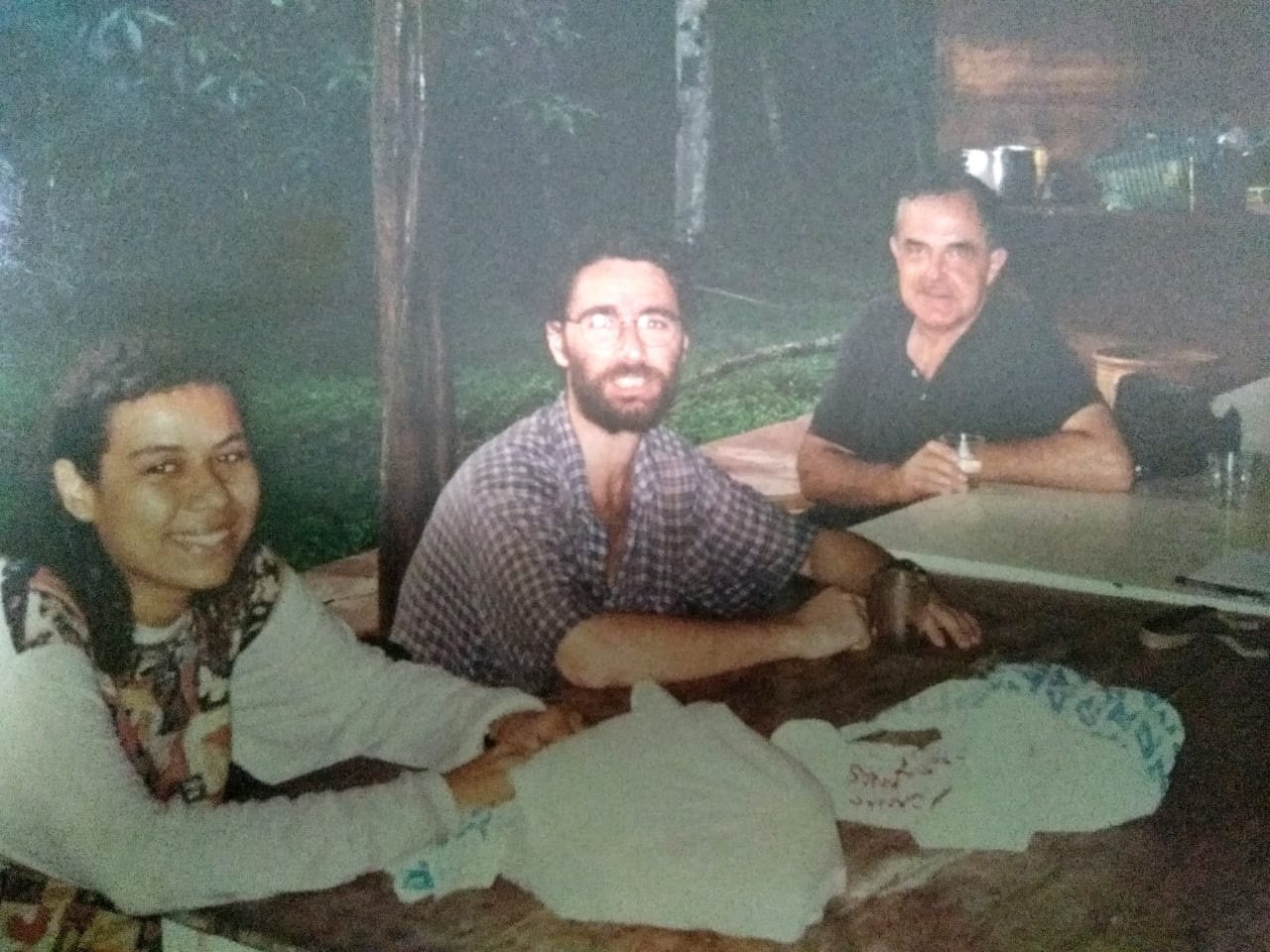
HS: How did the collaboration between you and Heraldo Vasconcelos begin? In this study, tell us a little more about the roles that each of you played.
KC: The collaboration started from my internship. Heraldo was the advisor and I was a student. But our relationship has always been more than that, because we became friends and his family (his wife Doris and his children Clara and Pedro) became my family in Manaus. Heraldo had recently finished his PhD in England and I was his first student, so at that time he could give me a lot of attention. He taught me how to use computers, ecology and statistics, set the time for translating an article in English to prepare me for the English proficiency test for the INPA master’s degree, etc. In short, he was very important in my academic career.
In this study, I did all the field and laboratory work. I made the data sheets, analyzed the data together with him and wrote the dissertation. He created the sample design together with Bill Magnusson, decided which statistical analyzes to use and corrected the dissertation text. The dissertation originated the article.
HS: What are your memories of the fieldwork for this study (for example, where did you stay, how did you move, what were the challenges, what was your daily routine, any incidents you remember, who were the people who helped you )?
KC: I have many memories of the fieldwork, all wonderful. Living in the Amazon was the biggest and most intense experience of my life. A real watershed. For it was the first time I left my family’s house, the first time I traveled by plane, the first time I left Bahia and also for the novelty of visiting the Amazon Planet. The rivers, the streams, the food …
I stayed in camps that had only ceilings, no walls and floors. We used a clay filter to filter drinking and cooking water. It lit up at night with lamps and lanterns. We slept in a hammock, bathed in “igarapé” (which in Tupi Guarani means “canoe path”) with its very cold waters, and did the physiological needs in the bush. Perishable food was stored in large izopor boxes with ice for a maximum of 3 days. A BDFFP car came to fill the pantry according to our schedule. In some cases, there was no road to the camp, so we had to use a handcart to take supplies. There was no communication radio and I used anti-ophidic serum. I was never alone. At all times during my Master’s, there was a person (called “mateiro”) who accompanied me to help in the field work – Antonio Cardoso, my faithful squire. He became a great friend too. He was always very dedicated, hardworking and very kind to me. I am very grateful for him.
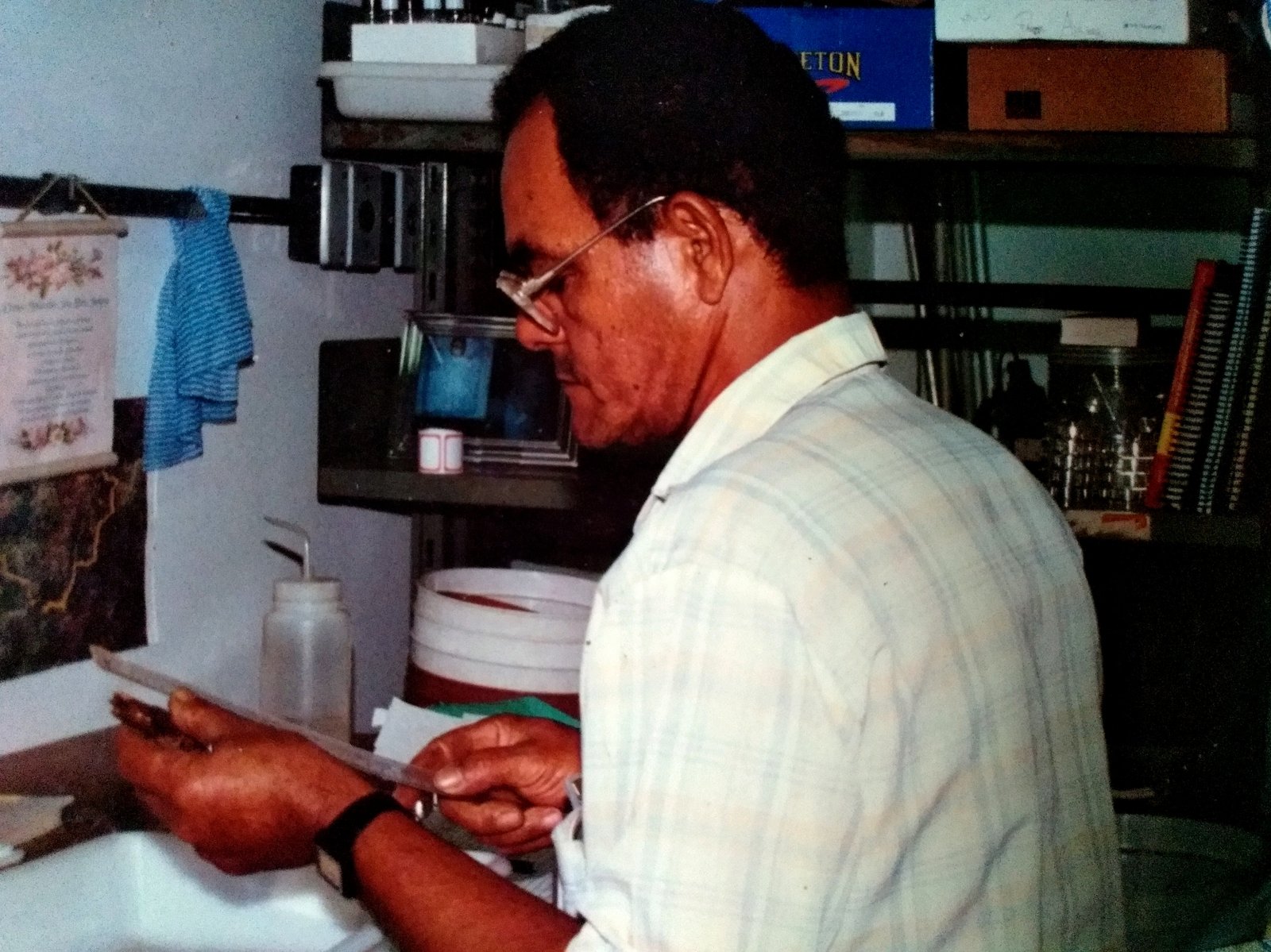
I stayed in the countryside for up to three weeks, without going to Manaus, where I lived. The work was very heavy because from the camp to the areas it was three kilometers walking. The path was not flat and all the time we were going up and down, crossing the “streams” and sometimes our feet were wet all day. We also had to go through areas full of “Embaúbas” (Cecropia), plants with suspended roots, which we stepped on for a long time and our feet were very painful afterwards. We returned, after a day of hard work, loaded with many bags full of branches from the litter that would later be opened in search of ant colonies. Sometimes, I arrived so tired at the camp that I didn’t have the strength to eat. I took my shower and lay in my hammock. Seu Antonio Cardoso, who prepared our meal, sometimes said “Baiana (person born in Bahia; that was my nickname in Manaus), come and eat, empty bag is not standing”!
One of the incidents I remember was the day the BDFFP car got stuck in the mud of the road and was unable to climb a slope. The driver picked me up and Cardoso on foot! I rode a mule until I got to the car, but she didn’t want to walk and she stopped all the time! It was very funny!
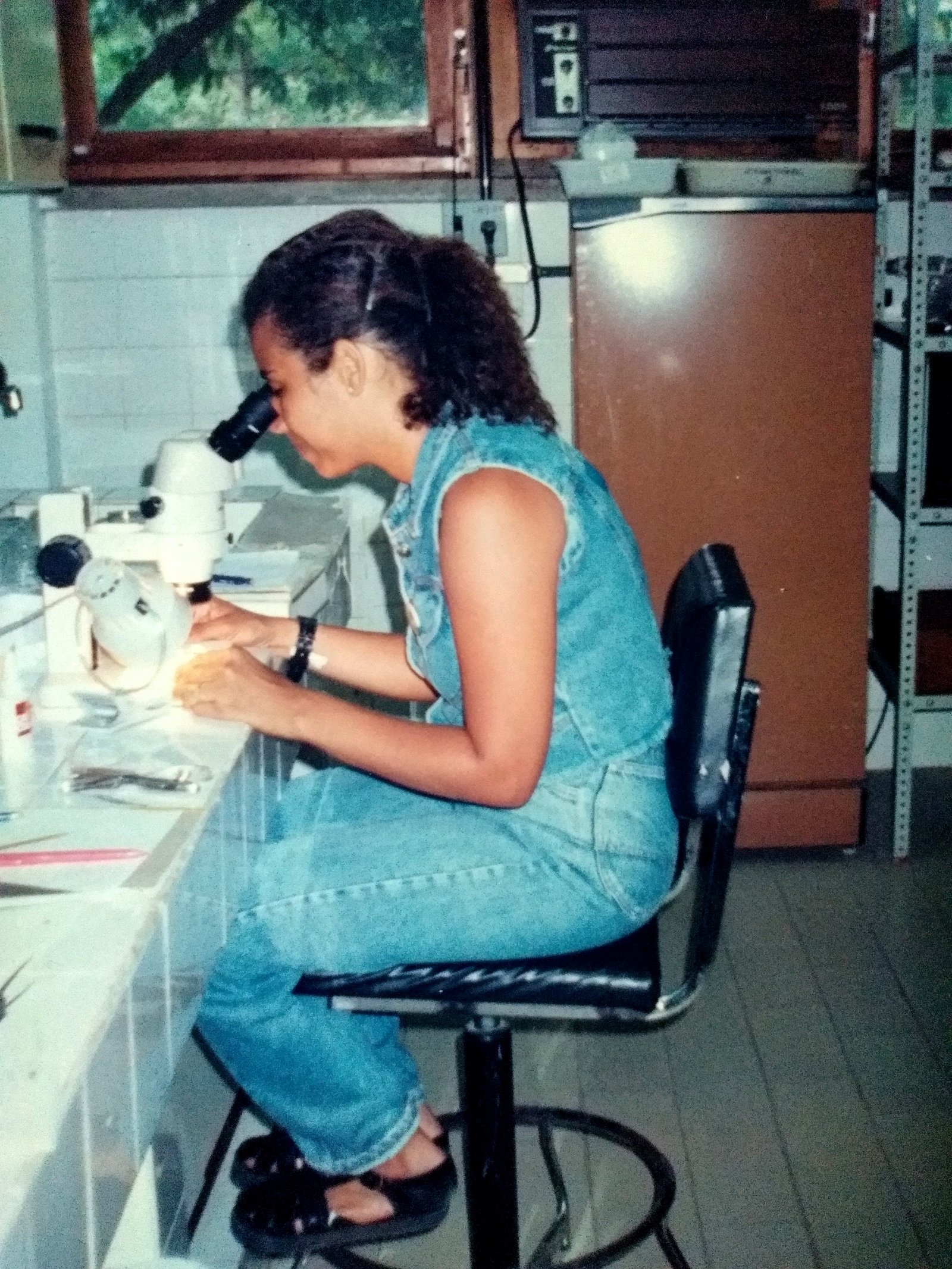
Another time, there was a poisonous snake sleeping very close to me and Mr. Cardoso saw it. If my memory serves me correctly, it was the surucucu-pico-de-jaca (Lachesis muta). In order not to frighten the snake, he started telling me to walk up to him, in front of him, slowly, slowly …
There were not that many incidents but I could spend days telling you about the happy moments.
One of my research sites was Fazenda Dimona. This place is cited by the famous ant researcher: Edward O. Wilson in his book The Diverstiy of Life. Wilson talks about Dimona in the first chapter of this book, the chapter called Storm over the Amazon.
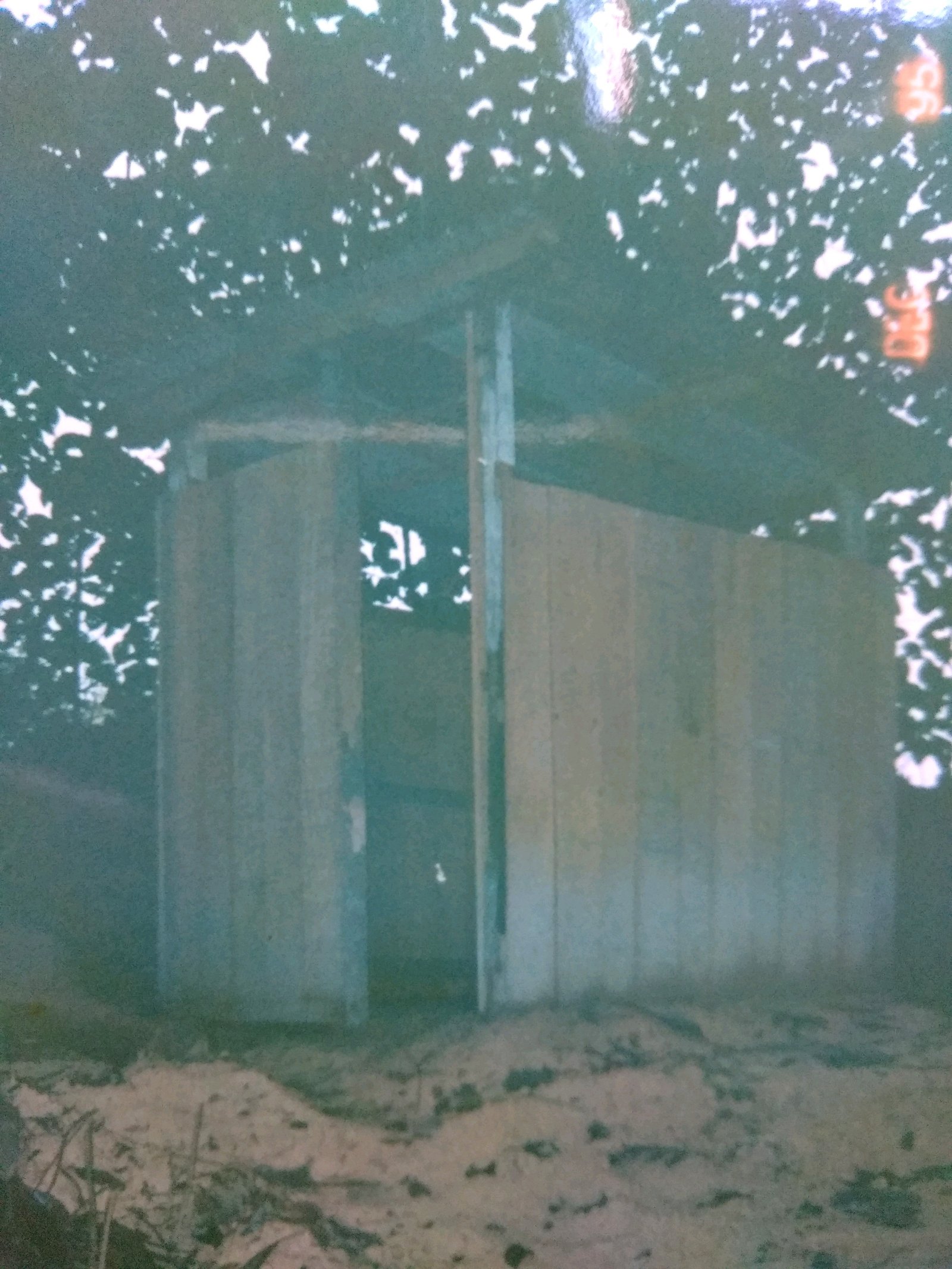
HS: Could you tell us a little more about the people you acknowledge, i.e. how did you know them and how did they help?
KC: Ok. Antonio Cardoso, I told you.
I met Bill Laurance at the DBFFP office, where he was a researcher. He helped with some research insights, especially about the edge effects on vegetation.
Bill Magnusson I met at INPA as a researcher in the Department of Ecology, where he also taught statistics and experimental design to graduate students. Bill was always very willing to help students with their research, especially in thinking about the proper experimental design and how to analyze the data. He also helped me.
Alan Andersen, I met people only some time after finishing the semester, in one of the international symposia of myrmecology, that takes place in Brazil, every two years. He is one of the most influential researchers in ant ecology and reviewed the manuscript before being submitted for publication.
José Maria Vilhena worked as a security guard at INPA’s Ecology building. One day I was at the building entrance waiting for a rain to subside for me to leave, and he came to me. He told me that he knew that I researched ants and that he was very curious to learn about it, he wanted to learn new things, about scientific research, ecology, ants, etc., but as a security guard he knew that it would not happen. I talked to Heraldo about it, and Heraldo gave Vilhena the opportunity to work as a technician in the lab. Vilhena identified with the work, took training courses and even entered the University, where he studied Geography. He was always very dedicated and received a tribute bearing his name on a new species of ant collected by him (Strumigenys vilhenai).

HS: How did you decide to submit this paper to Biological Conservation? Did you consider submitting/submit it to other journals?
KC: We knew it would be published as soon as possible, due to its originality and scientific value. We didn’t have a specific magazine in mind; the idea was that it was about ecology and biodiversity conservation. BC was nominated by Heraldo, who told me that a special issue on fragmentation would be published.
HS: What do you remember about the peer-review and the revising of this paper?
KC: The paper was accepted in the first submission with a minimum of revision.
HS: Do you remember any attention/publicity that this paper received, from the media or academia, when it was published?
KC: I do not remember. But this is by far my most cited article to date.
HS: Do you continue to work in the fragments and contiguous forest patches that you sampled for this study? When was the last time you visited them and why? In what ways have they changed from the time of this study?
KC: No, unfortunately. I left Manaus in 1998 and never had the opportunity to return. Next year (if the date does not change due to a pandemic), the International Myrmecology Symposium will take place in Manaus. My biggest motivation in participating in this edition of the event is to return to Amazonas.
Years later, I worked in the Legal Amazon (Mato Grosso State) in another context. I love the Amazon and I would love to be able to study this Domain, which is so interesting for the biodiversity of our planet.
HS: Today, 21 years later, would you say that the main findings and conclusions of this study still hold true more-or-less?
KC: Yes! Forest fragmentation and its effects (isolation, distance from the surrounding matrix, edge effect, etc.) remain one of the main reasons for the loss of biodiversity in the tropics. Unfortunately! This study was the first in a series of others that show the deleterious effects of borders on the structuring of ant communities; in my case, specifically, on litter-dwelling ants.
HS: If you were to redo this study today, what would you do differently?
KC: I think it would include the ALL (Ants of the Litter Leafs) protocol. This protocol, not yet established at the time, is very efficient in studies of ant diversity and standardizes methods for measuring and monitoring biodiversity between sites.
HS: What impact did this paper have on your subsequent research and your career?
KC: As already said, among my publications, this article is the most cited. The article is the end product of my Master’s research and the experience at BDFFP was extremely important in my academic career. This project by the Smithsonian Institute, in partnership with INPA, is respected worldwide and its discoveries over more than 40 years have contributed to understanding the human impacts on the conservation of biodiversity in the Amazon. Founded in 1979 by Lovejoy as the Minimum Critical Size of Ecosystems Project, it has contributed to the training of countless professionals around the world. Known as Amazon Biodiversity Center since 2013, today is an entity that includes the BDFFP and other projects that study the effects of fragmentation impacts on biological diversity.
I graduated in biology at a public university in the Northeast, one of the poorest regions in Brazil, and at the time, conducting research was relatively rare. For me, having a Smithsonian scholarship and studying in the BDFFP areas was a turning point in my career. This rich experience culminated in the publication of this article.
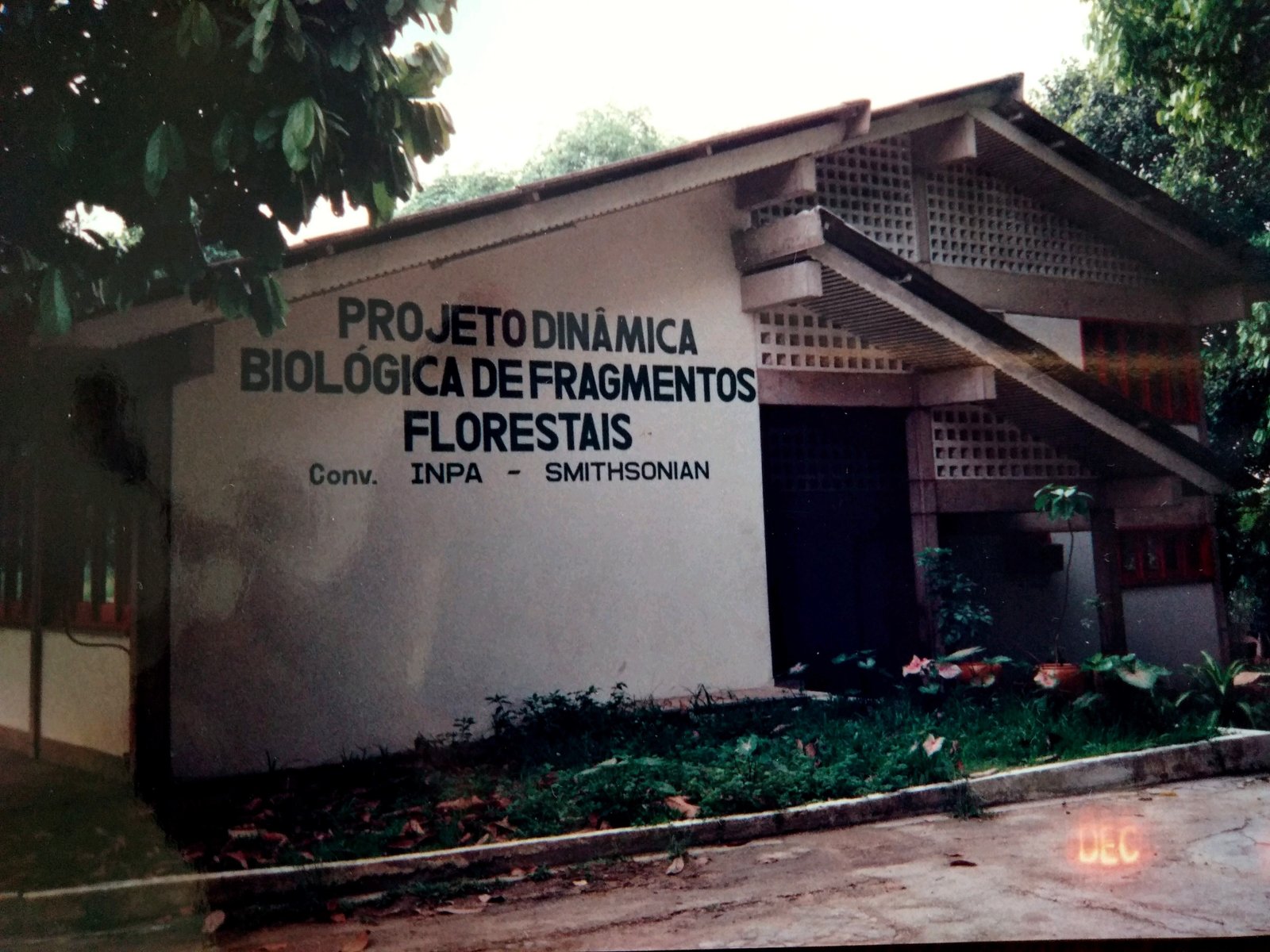
HS: In the paper you say, “The mid-distance peak in tree size is, however, intriguing and deserves further study.” Has there been further study, and what have we learnt about this mid-distance peak?
KC: I later measured the diameter of plants at different distances from the edge as part of a project led by Bill Magnusson. Unfortunately, I don’t know the final results of that study.
HS: You say, “Further studies are direly needed to develop landscape-design principles to help mitigate the impacts of forest edges and fragmentation in this rapidly developing region.” Have such studies been done?
More recently, my research has focused on the Domain Caatinga in Brazil, but it has been taken up by other groups (example)
HS: You conclude the paper by saying “Many areas that were originally cleared for pasture in central Amazonia are now abandoned and support regrowth forests. These areas will certainly be cleared again, especially now that a major highway linking Manaus to the Caribbean (BR-174) has been paved, providing ready access to forests for rural colonists and loggers (Laurance, 1998). Further studies are direly needed to develop landscape-design principles to help mitigate the impacts of forest edges and fragmentation in this rapidly developing region.”Today, could you please reflect on these lines in relation to what has happened in the last 21 years?
KC: Unfortunately, deforestation in the Amazon only increases. Along with the cover of forest areas in pasture, we have “land grabbing” and mining. In the current government this scenario is getting worse every day since there is a dismantling of all the organs that protect the Amazon Forest and the indigenous peoples.
HS: Have you ever read this paper again after it was published? If yes, in what context?
Yes, sometimes, to discuss with my students.
HS: Would you count this paper as one of your favourites among all the papers you have published? If yes, why is it a favourite? If no, could you tell us which your favourite is and why?
KC: It is certainly one of my favorites because it represents (as I have already described) the most important phase in my career. But I also have a lot of affection for my PhD publications, especially “Leafcutter Ant Nests Inhibit Low-Intensity Fire Spread in the Understory of Transitional Forests at the Amazon’s Forest-Savanna Boundary “published in Psyche. This article reveals that the leaf-cutting ants (Attaspp.), can act as true lowland forest firefighters in dry forests of the Legal Amazon, about 20 km from the Cerrado (Brazilian Savanna). These ants clean the nest area and its foraging trails and therefore protect them from fire because there is no fuel left in the soil to feed the spread of the fire. This is very important in highly flammable forests located in a region that is constantly experiencing accidental fires.
HS: What would you say to a student who is about to read this paper today? Would you guide his or her reading in anyway? Would you point him or her to other papers that should be read along with this one? Would you add any caveats to keep in mind when reading this paper?
KC: I would say that ants are key organisms in the functioning of terrestrial ecosystems. Thus, understanding the human effects that threaten their diversity and species composition is fundamental for conservation actions. I would say that reading this and other articles with the same approach is extremely important to understand the uses and abuses of biodiversity resources by the human species. With regard to what else a student should read: There are many publications in these 21 years! Many even! I will mention only a few on ecology of ant communities that are very related, all co-authored by Heraldo Vasconcelos:

0 Comments